Scientists Identify the ‘Mermaid’ That Washed Up in Japan as Being a Monkey-Fish-Lizard Hybrid
More than 100 years ago, a mummified “mermaid” was purchased by an American naval officer while on a trip to Japan. Around the same time, another of these mysterious mummies was found by the famous P.T. Barnum who used it in his circus.
Known as the Fejee (Fiji) Mermaids, there have since been several findings of these strange and intriguing mummies. Now, thanks to modern science, we finally know what they are.
The Great Mermaid Myth
For centuries, even millennia, the myth of part human part fish creatures known as mermaids have infiltrated almost every society.
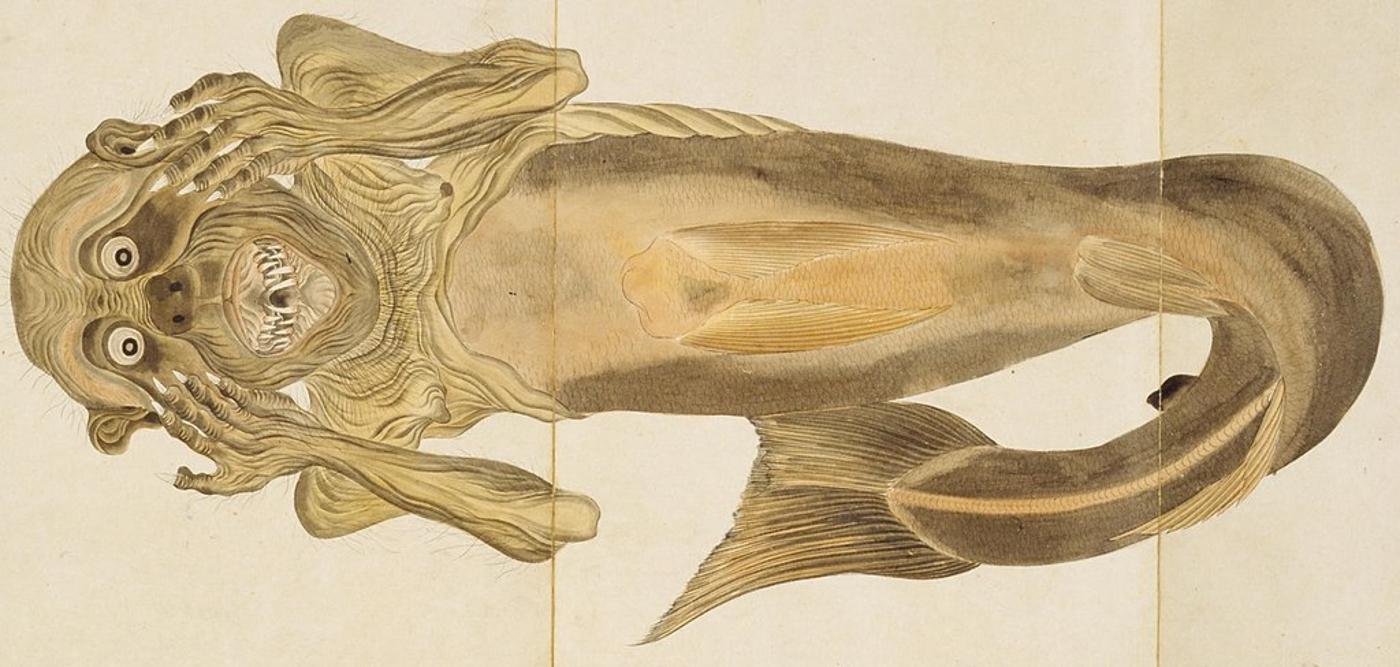
Source: Wikipedia
From Greek mythology to Irish tales, the legend of the mermaid has always inspired wonder and awe. In 720 CE, a book of Japan’s mythology mentioned a “ningyo” or a human-like fish-monkey hybrid, citing ancient stories of fishermen who had actually caught such specimens.
The “Eight-Hundred Year Old Nun”
One of Japan’s most well-known mermaid legends tells the story of a fisherman who caught a ningyo but didn’t eat it as he believed it was cursed.
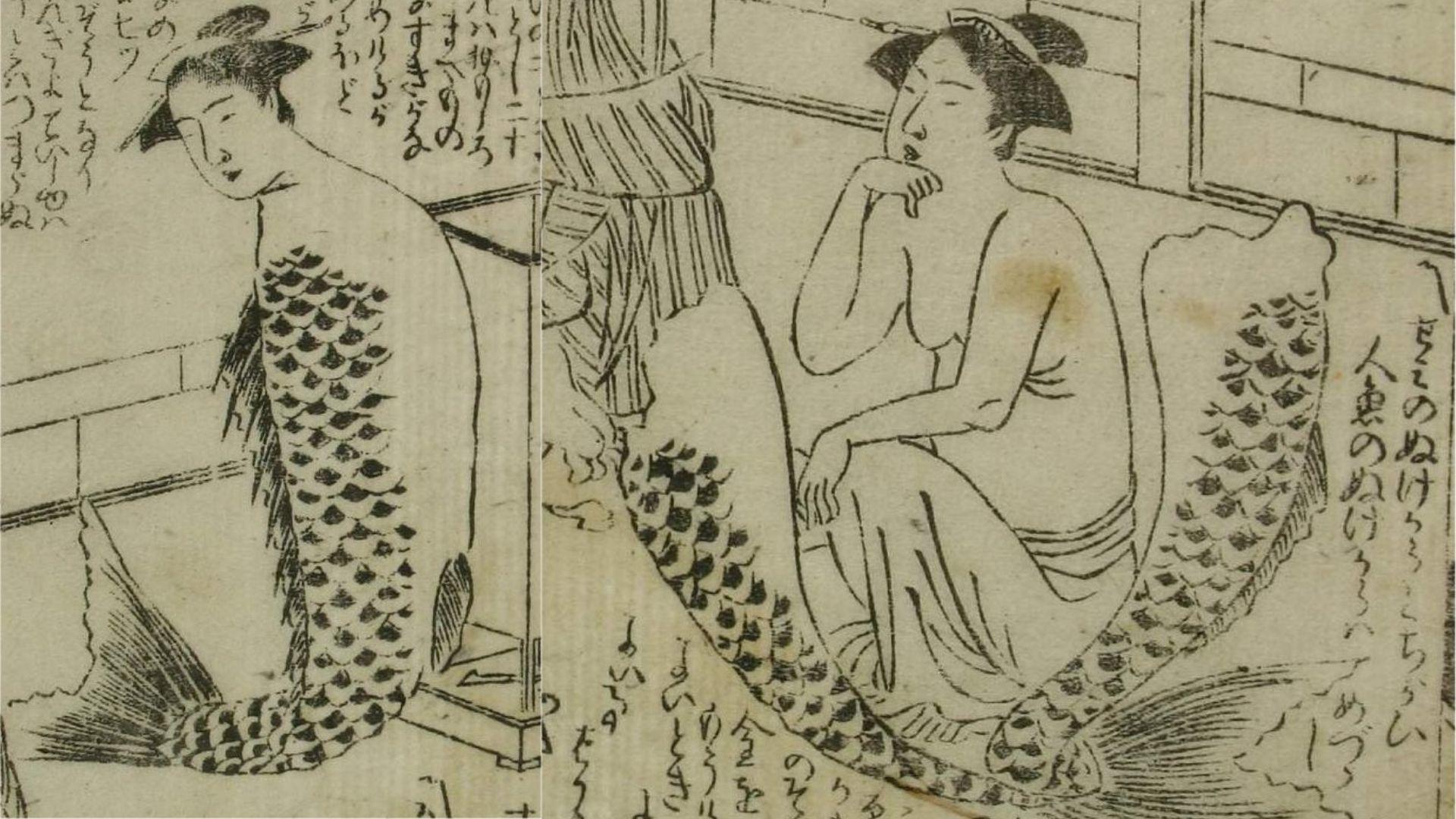
Illustrations by Utagawa Toyokuni, 1791
However, his young daughter thought it was just another fish and ate it. Just as her father suspected, she was cursed with eternal youth and life and the woman had to watch everyone she loved die while she lived on as a nun for 800 years.
Ningyo’s in Ancient Japan
Thanks to this tale and others like it, ningyos were suddenly found throughout the waters around Japan.
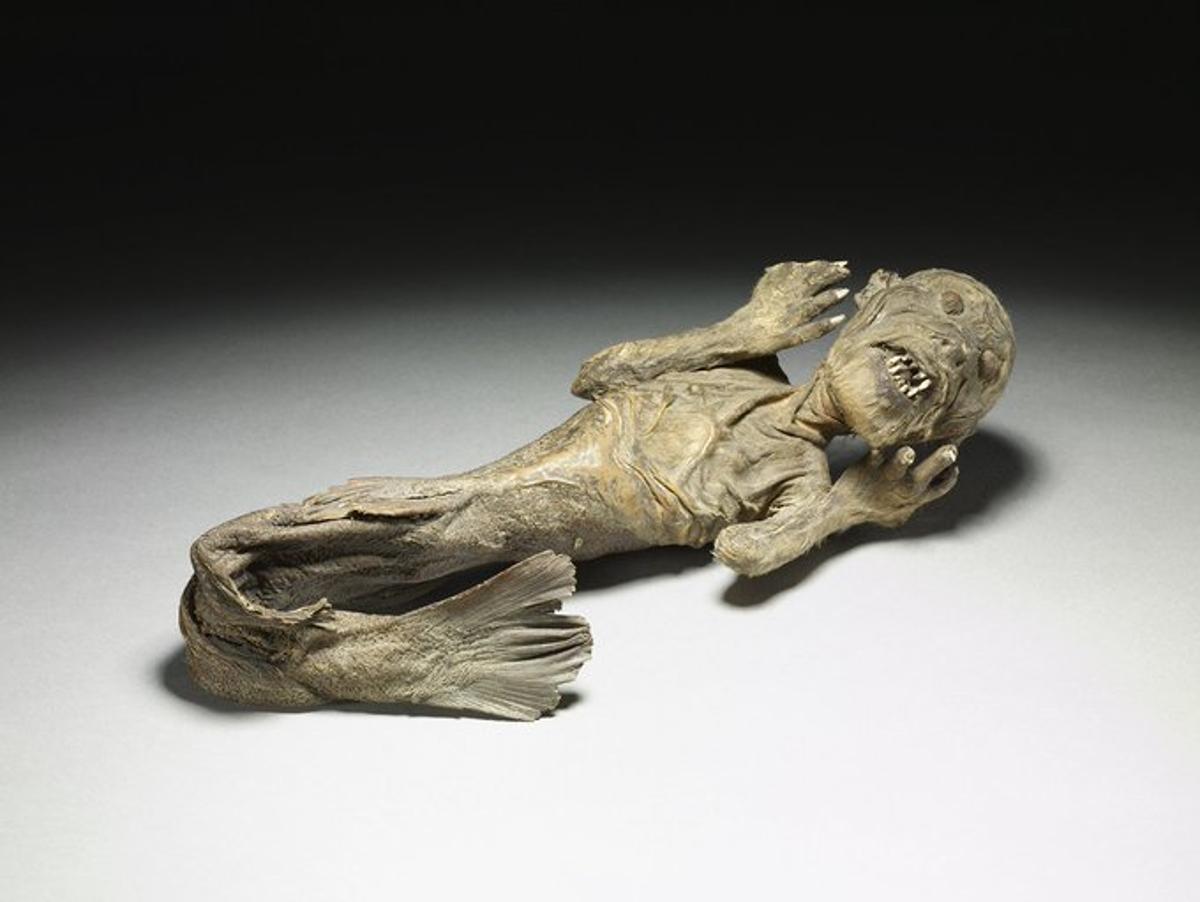
Source: @britishmuseum/X
Some were placed in temples, others were sold to travelers from far away lands, and then, later in the 17th and 18th centuries, many ningyos were used to draw in customers at carnivals.
PT Barnum’s “Fejee Mermaid”
In 1842, beloved showman P.T. Barnum announced that his traveling circus would have a new addition – the mummy of a real mermaid he named the “Fejee Mermaid” as it was originally found off the coast of Fiji.
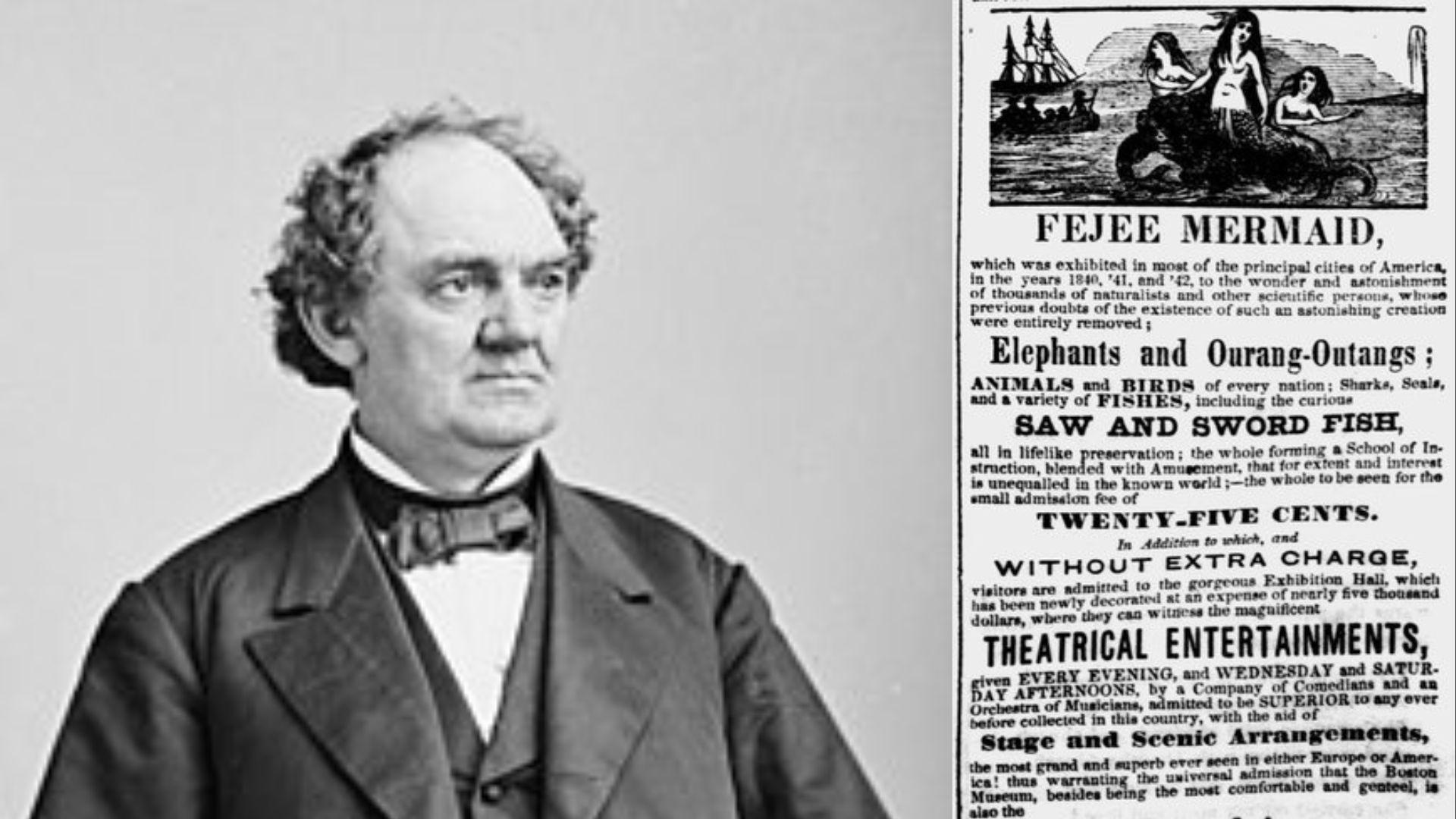
Source: Wikipedia/Coneyisland.com
Barnum claimed that “to the wonder and astonishment of thousands of naturalists and other scientific persons, who previous doubts of the existence of such an astonishing creation were entirely removed” after seeing the mermaid.
Fejee Mermaids Became a Worldwide Sensation
Thanks to the popularity of Barnum’s circus, the Fejee Mermaid became commonly known around the United States and throughout the world.
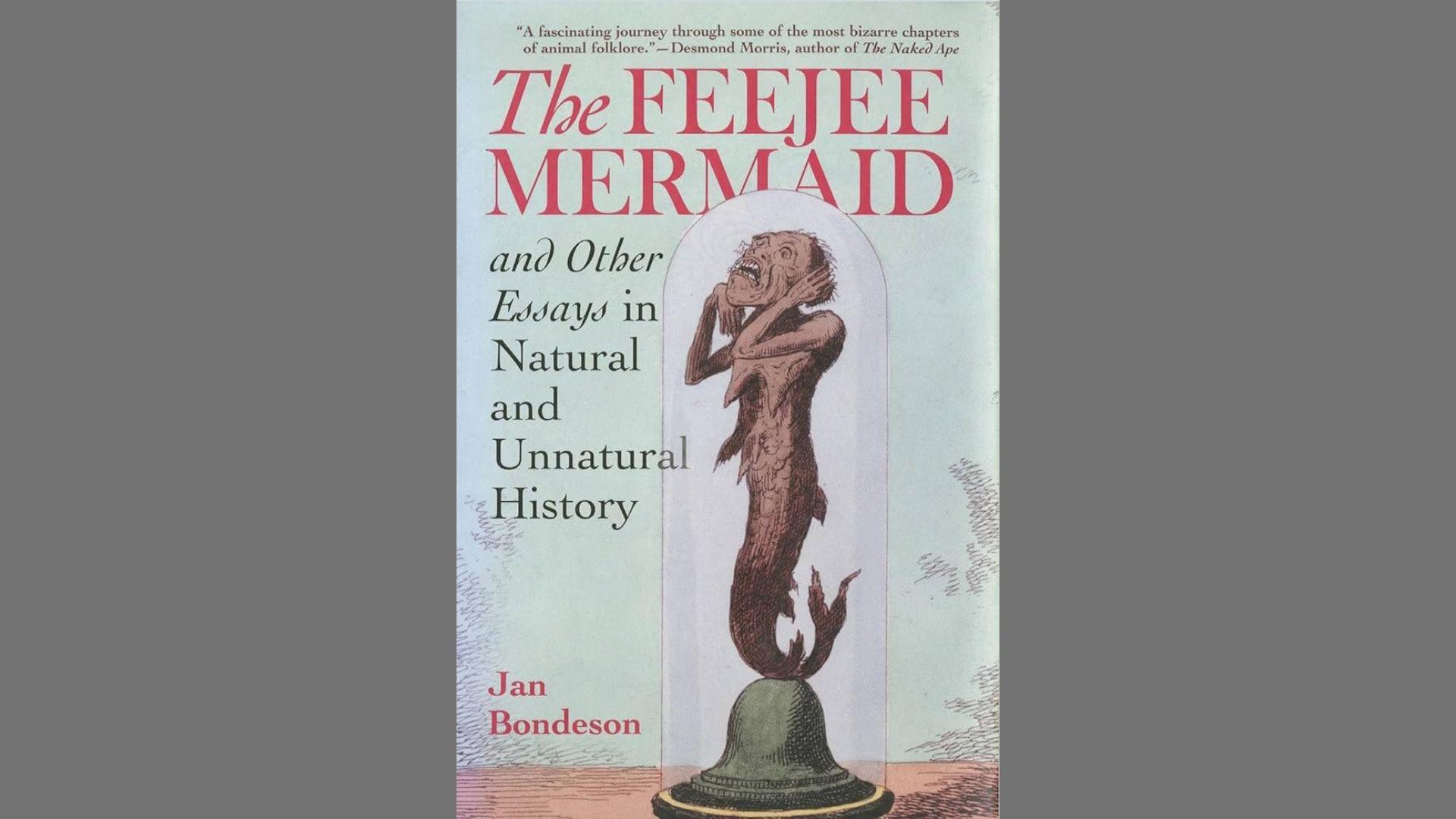
Source: Amazon
The few Fejee Mermaids in existence were sold for incredible sums, some for as much as $100,000 in today’s economy. Then, many found their ways to museums and books were written about their mythology and genetic makeup.
Did Anyone Truly Believe These Creatures Were Real?
It’s important to note that while some people absolutely did believe that these Fejee Mermaids were real creatures of the sea, the majority knew that they were fake.
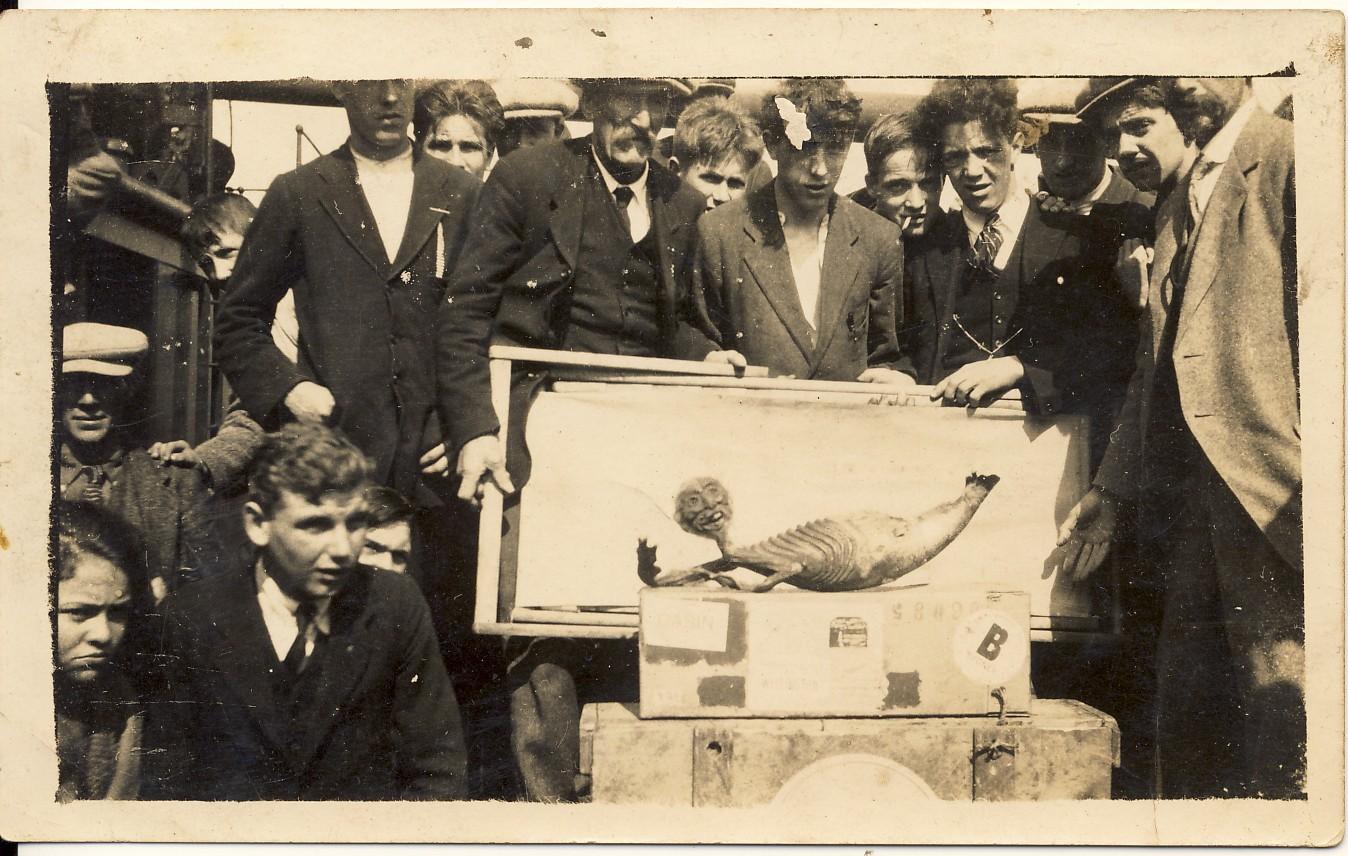
Source: Gold Museum Ballarat
Carnival directors like Barnum had no moral issue misleading the public and telling them that these strange mummies were, in fact, real. However, museums showcased the “mermaid” as a piece of history, not as an actual animal.
The Historical Significance of the Fejee Mermaid
Because there were several Fejee Mermaids in circulation, people started to wonder: If they weren’t real, where did they come from?
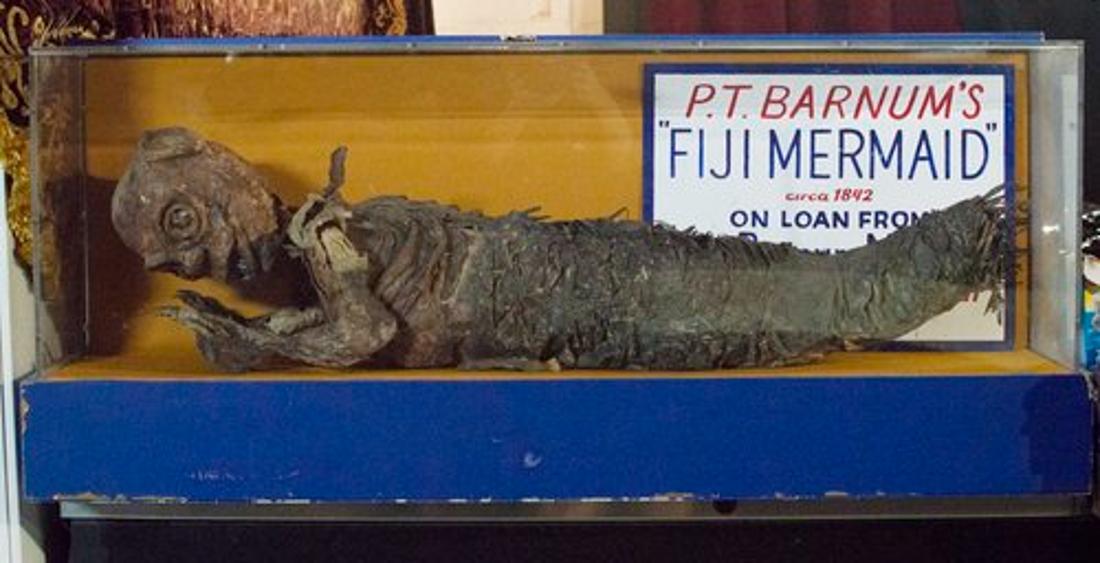
Source: Coneyisland.com
The most commonly accepted theory is that in ancient Japan, during the last few centuries before the Common Era, the legend of the 800-year-old nun became quite well known. Therefore, some people would make ningyos and sell them to others hoping to live forever.
What Were the Ningyos Made Of?
By now, scientists understand that the Fejee Mermaids were simply the ningyos of ancient Japan sold to travelers for exorbitant amounts of money.
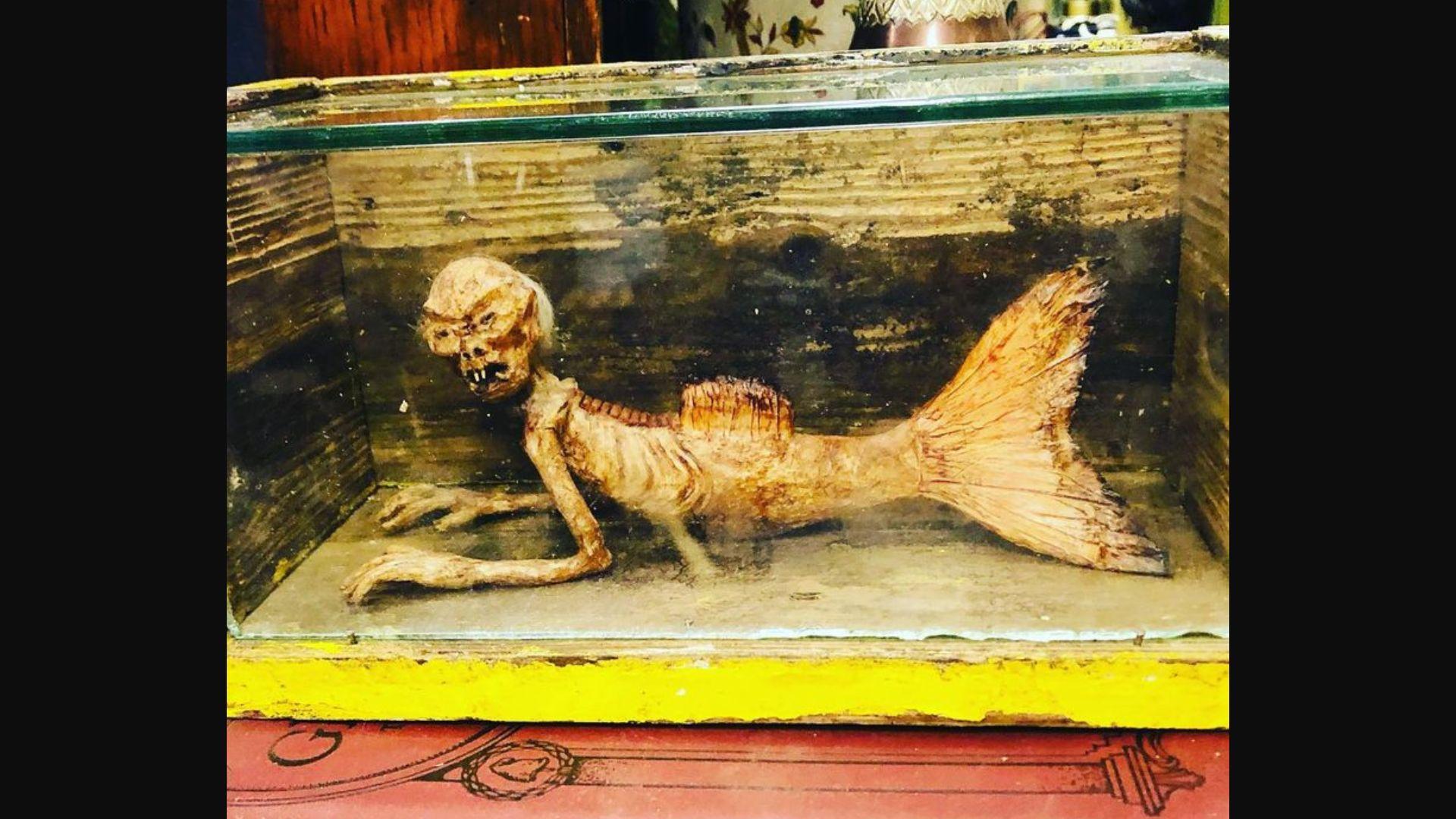
Source: @ChrispBrosCurios/Facebook
But as they were considered rare and even dangerous treasures, no one dared take them apart to find out what was really inside. The Fejee Mermaids have remained in museums exactly as they were found over 100 years ago.
Scientists Finally Decided to Find Out
Researchers decided it was finally time to find out exactly what these “mermaids” really were, and what they noticed was quite interesting.

Source: Fiji Mermaid Project/Joseph Cress
Joseph Cress, a radiographer at Northern Kentucky University, spearheaded the project and told LiveScience that they used both CT scans and an X-ray machine “to see [the mummy] in almost every dimension in the hopes to see what was inside it.”
What Are the Fejee Mermaids?
After completing the scans, Cress and his team reported that the mermaid was made from the head and torso of a monkey, the body of a fish, and the legs of a lizard.
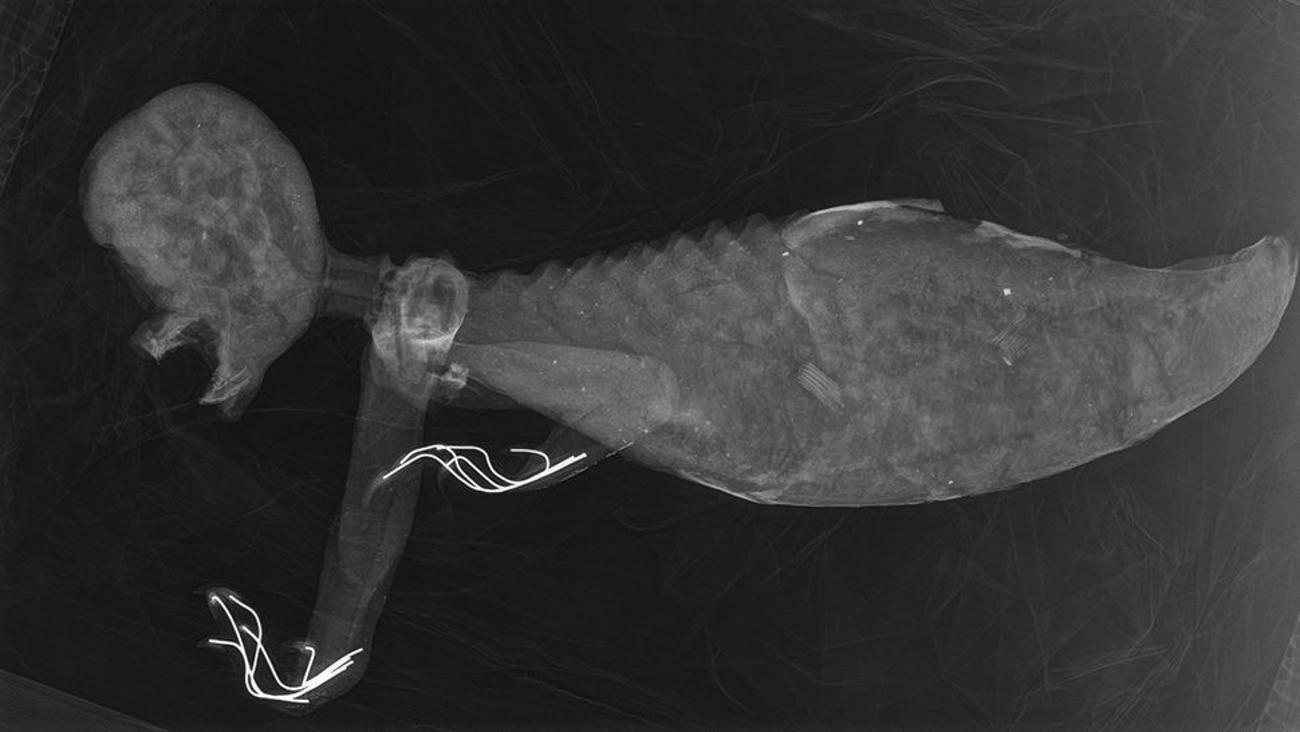
Source: Fiji Mermaid Project/Joseph Cress
They also found wooden sticks inside the body between the shoulder blades and from the head to the tail to keep the creature in one piece.
The End of the Fejee Mermaid Myth
Around the same time that Cress and his team scanned their Fejee Mermaid, another group of researchers did the same to a ningyo found in a Japanese temple. However, they found that this specimen wasn’t even a Frankenstien-like animal, but was actually just paper and clay with fish scales and mammal hair pasted on the outside.
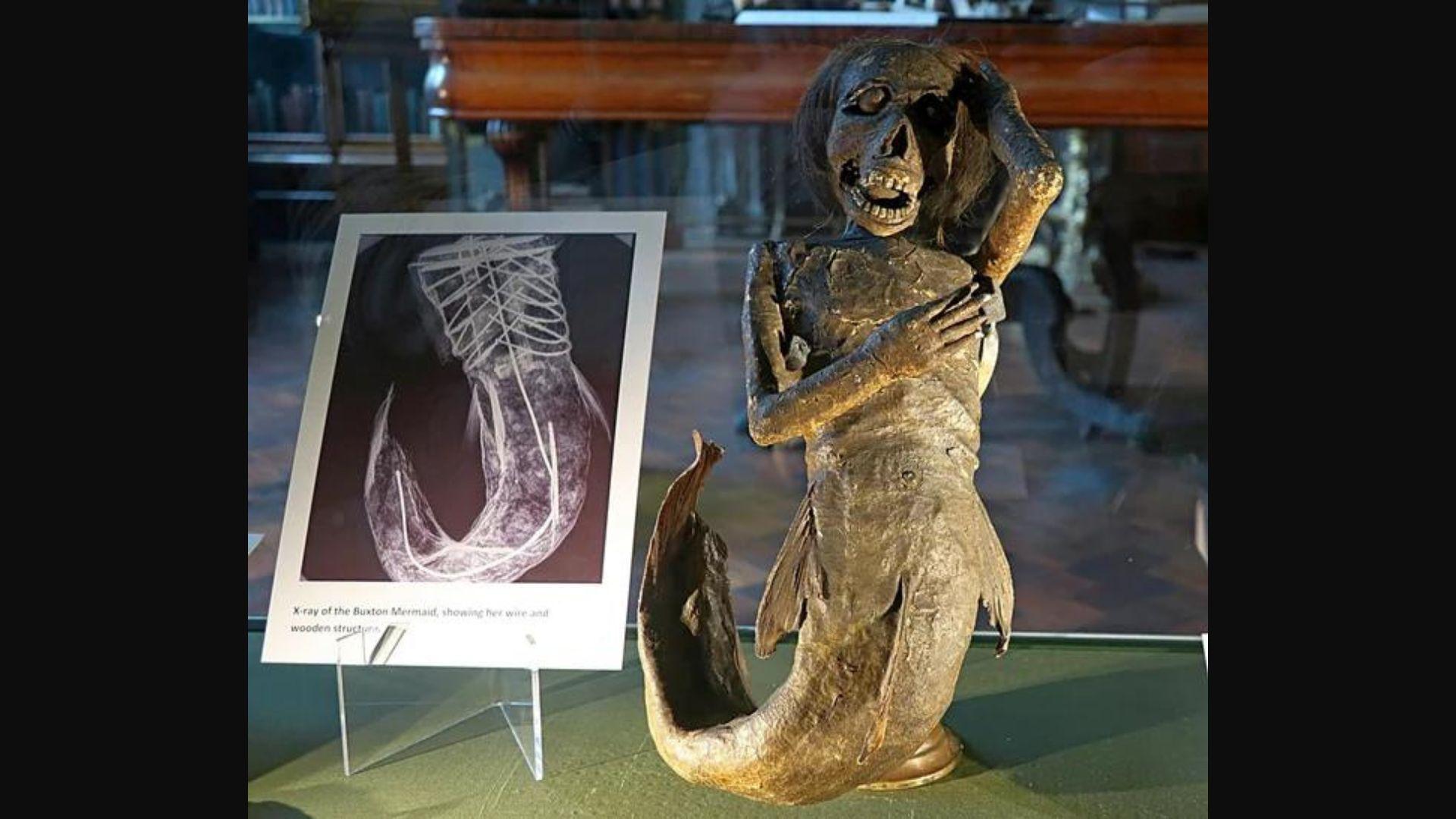
Source: Reddit
The myth of the Fejee Mermaid and the ancient Japanese ningyo is finally solved. And while scientists are likely thrilled to finally have a concrete answer for these mysterious creatures, those who liked to believe may be disappointed by the not-so-magical truth.
